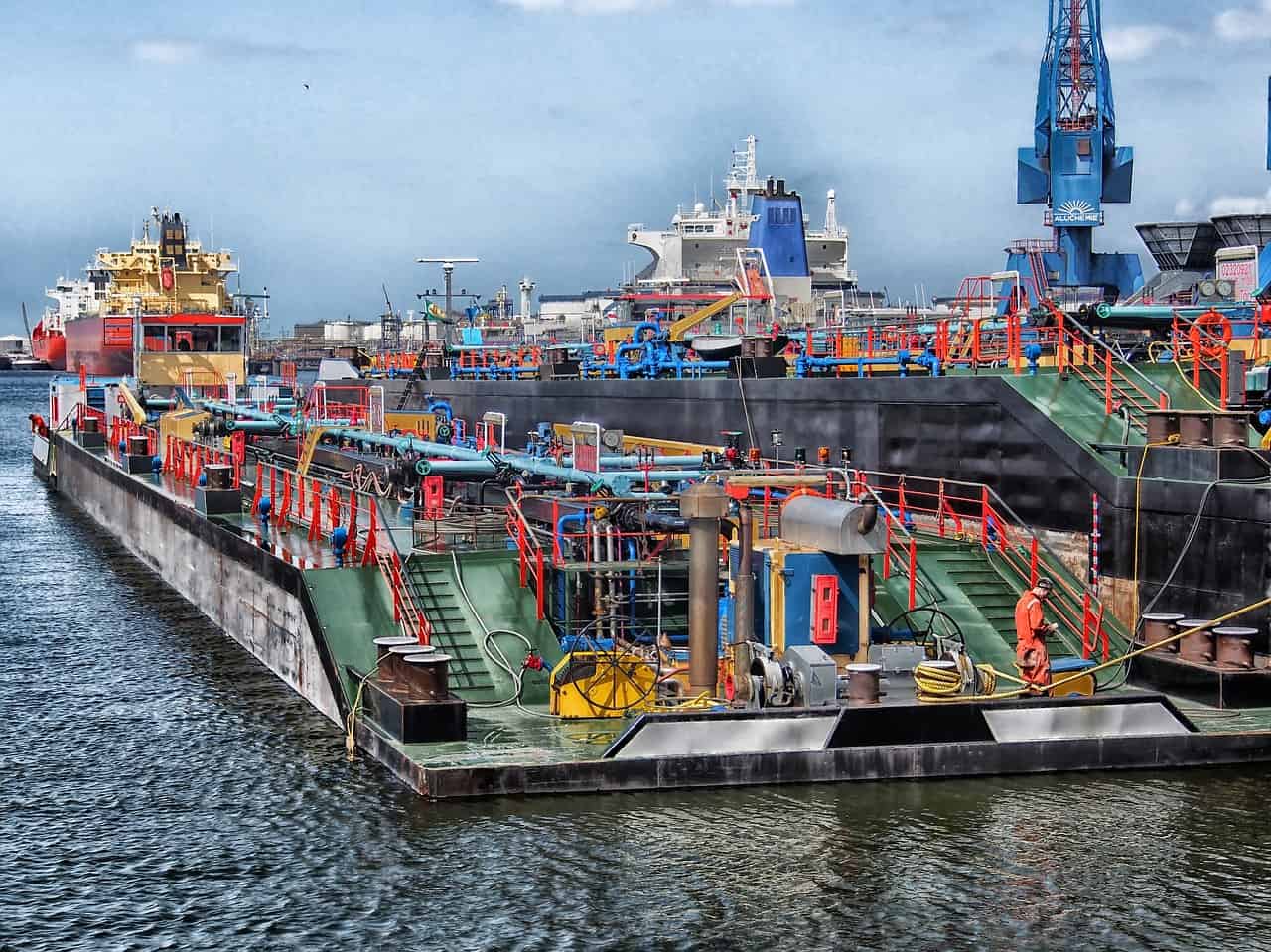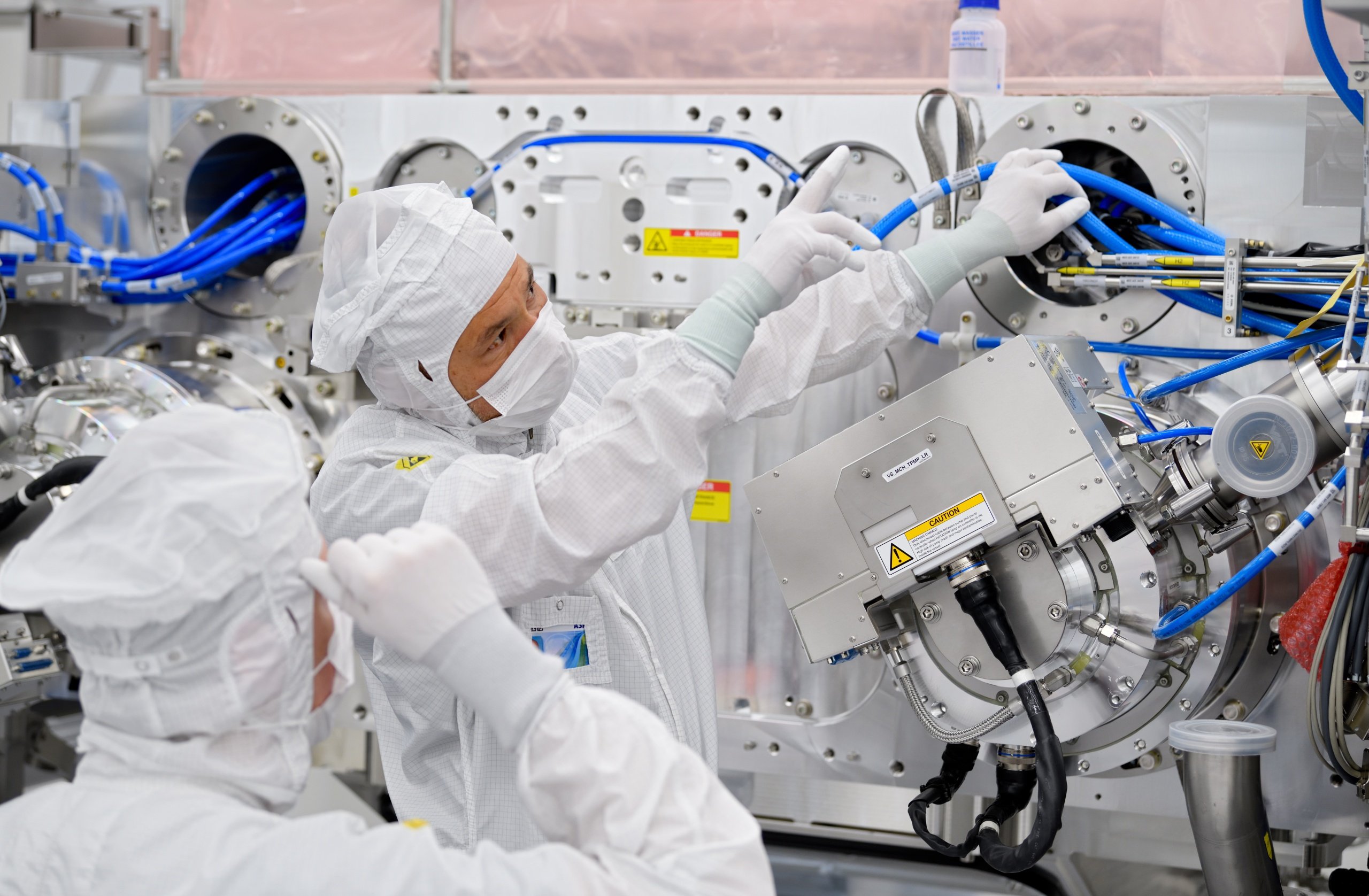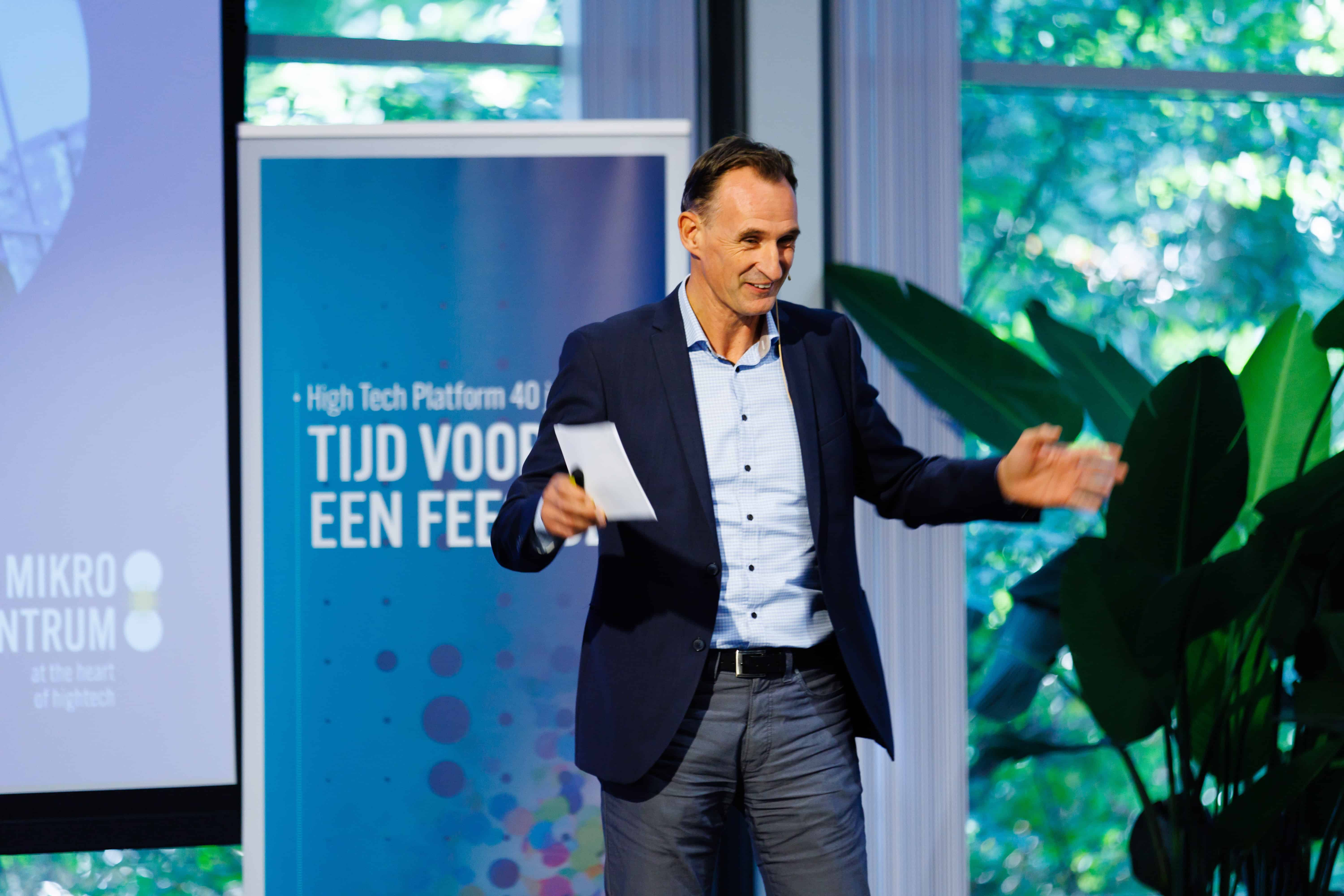
Dutch investments in research and development need to catch up to those in surrounding countries, while it is becoming increasingly clear that R&D is crucial for the future of our manufacturing industry. That is the conclusion of the report ‘The Future of Dutch Manufacturing’ published today by TNO. The organization says the Netherlands must increase R&D spending to three percent of GDP to remain competitive.
- Dutch industry is facing a major challenge and under-investment in R&D;
- The Netherlands invests 2.3 percent of GDP in R&D; Germany and Belgium 3.1 and 3.5 percent;
- TNO has published a new basic list of key technologies for the future of the Netherlands.
The impact of underinvestment
In today’s highly competitive international environment, the pace of innovation is a critical factor in maintaining a solid industrial position. TNO’s recent research shows that the Netherlands needs to catch up in R&D investment compared to neighboring countries. The Netherlands invests only 2.3 percent of gross domestic product (GDP) in research and development, while countries like Germany and Belgium invest 3.1 and 3.5 percent of their GDP, respectively.
Although the Netherlands has high R&D spending in the electrical appliances, machinery, and petroleum industries, we lag behind the European average. Moreover, TNO points out that these sectors, although important to the Dutch economy, are under pressure from the energy transition.
Labor market tightness as an obstacle
Another challenge for the Dutch manufacturing industry is the high labor market tightness. There are currently more than 80,000 vacancies for technical occupations. This labor market tightness in the Dutch manufacturing industry is more elevated and increasing faster than in surrounding countries. Moreover, the number of students in technical fields in the Netherlands is decreasing while growing worldwide. This trend may put a brake on the necessary economic growth.
TNO argues that to have a future-proof industry, change capacity is needed. This means focusing on key technologies and ‘control points’ in value chains to cope with international competitive pressure.

On the road to change
To address these challenges, TNO has made several recommendations. First, the Netherlands must increase R&D spending to at least three percent of GDP. This will not lead to an advantage over our surrounding economies but will reduce a backlog.
In addition, investing in developing key technologies and control points in value chains is essential. TNO has published a new essential list of such technologies for the future of the Netherlands.







